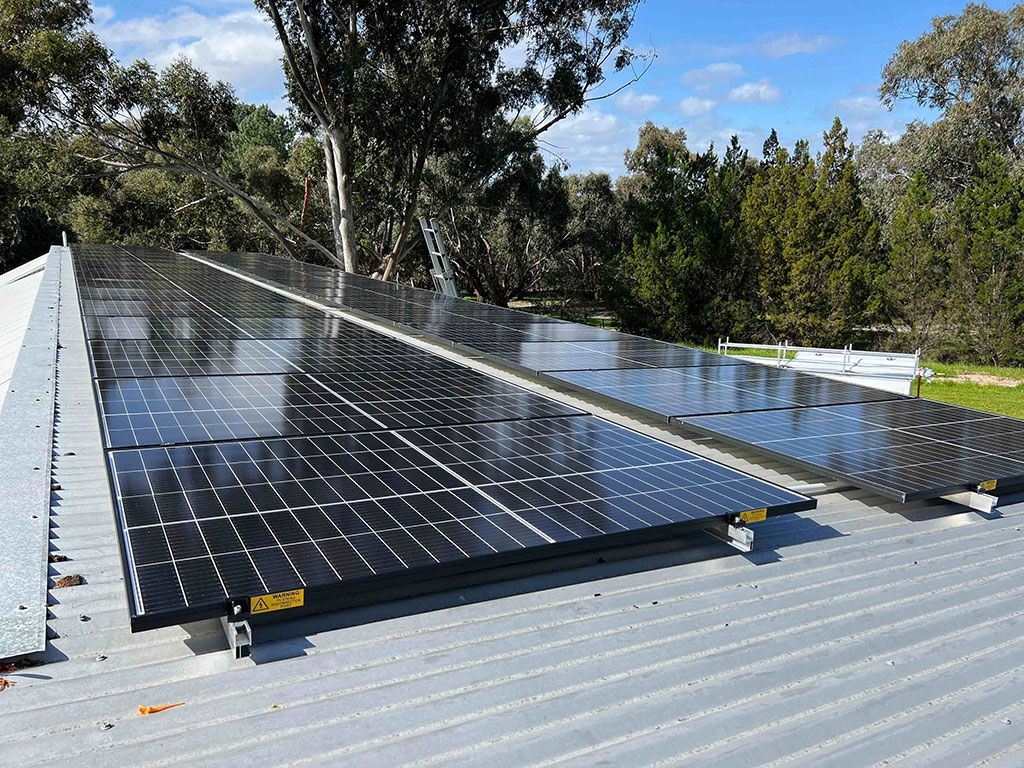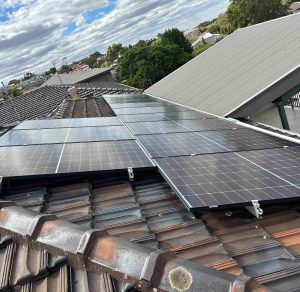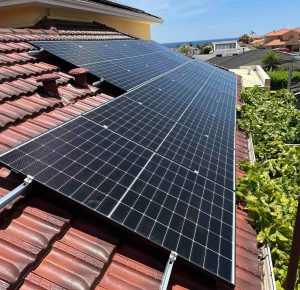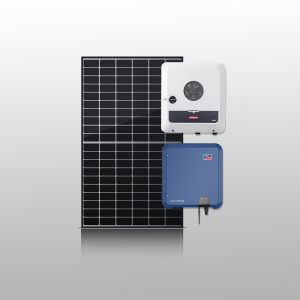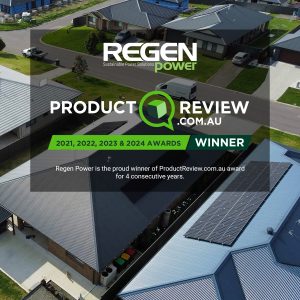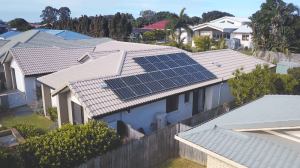Yes, a site assessment is necessary before installing a solar system to ensure that the system will be installed in a location that receives enough sunlight to generate the expected amount of electricity. A site assessment will also help determine the appropriate size of the solar system needed to meet the energy needs of the property.
During a site assessment, various factors are taken into consideration, including the location of the property, shading from nearby trees or buildings, roof orientation, and the angle of the roof. This information is used to determine the solar potential of the property, and the optimal placement and size of the solar system.
In addition to helping ensure that the solar system will be effective and efficient, a site assessment can also help identify any potential obstacles or challenges that may need to be addressed before the installation, such as roof repairs or tree trimming.
Overall, a site assessment is a crucial step in the solar installation process that helps ensure that the system will meet the energy needs of the property and provide the maximum return on investment. . A solar site assessment typically includes a review of the following factors:
Decoding which solar panel is enough for your household or business may not be your cup of tea. You may take some uninformed decisions and make your solar system a money-guzzling gadget instead of a money-minting machine. This is why you take site assessments.
It involves evaluating the location where the solar panels will be installed to ensure that the site meets the necessary requirements for an optimal solar installation. A solar site assessment typically includes a review of the following factors:
Solar Access: The site should have unobstructed access to sunlight for most of the day. Shade from nearby trees or buildings can significantly reduce the system’s energy output, which will result in lower savings and a longer payback period.
Roof Condition: The roof must be structurally sound, stable, and able to support the weight of the solar panels. If the roof is not in good condition, it may require repairs or replacement before installation.
Tilt Angle of the Roof: The optimal orientation for solar panels in the northern hemisphere is south-facing and vice-versa, with a tilt angle that is equal to the latitude of the location. However, solar panels can be installed on roofs facing east or west if the site conditions require it.
Electrical Infrastructure of the building: A solar installer will check whether it is able to handle the solar system’s output. If necessary, upgrades may be required to accommodate the increased energy demand.
Local Building Laws and Permits
The installation of a solar system must comply with local building codes and regulations. Permits may be required, and zoning laws must be taken into consideration.
Feasibility of Installing a Solar PV System on your Roof
A solar site assessment will also include gauging the feasibility of installing a solar system on your roof. There are several facets of this that homeowners should consider. The amount of sunlight your roof receives throughout the day is a critical factor in determining whether a solar PV system is feasible. The ideal location for a solar PV system is a north-facing roof with little to no shading throughout the day. The closer you are to the equator, the more sunlight you receive, which means that you can generate more solar energy.
The size and orientation of your roof are also important factors. A larger roof means you can install more solar panels, generating more energy. A flat or slightly pitched roof is ideal, but a sloped roof can also work if it faces north as Australia is in the southern hemisphere.
Your energy needs will determine the size of the solar PV system you need to install. If you have high energy demands, you will need to install a larger system, which may not be feasible if your roof is small.
The cost of installing a solar PV system can vary depending on the size of the system, the quality of the panels, and the installation costs. While the cost of solar PV systems has decreased in recent years, it is still a significant investment.
Importance of Structural Conditions for Installing Rooftop Solar System
The structural conditions of your roof will be considered while preparing a solar site assessment and thereafter, installing a rooftop solar system. Here are some reasons why:
Strength of the roof
Your roof must be structurally sound and able to support the weight of the solar panels, mounting hardware, and wiring. Solar panels can last for 25 years or more, and their lifespan can be impacted by the conditions they are installed in. The roof must be in good condition to ensure the panels are properly anchored and secured.
If the roof is not structurally sound, the manufacturer may not honor the warranty if the panels are damaged. An experienced solar installer will assess a roof’s structural integrity to ensure it can handle the additional weight and make any necessary repairs before installation.
Orientation: The orientation of your roof and its angle can impact the efficiency of your solar system. A north-facing roof with a pitch of 15 to 40 degrees is generally ideal for maximising solar energy production. However, a flat roof or a roof with a pitch that faces east or west can also work.
How Much Weight Do Solar Panels Add to a Roof?
It is important to note while installing a solar system that solar panels are not particularly heavy, the mounting equipment and racking used to attach them to the roof can add additional weight. The weight of the solar panels and mounting equipment must be taken into consideration to ensure that the roof can support the additional weight. The weight of solar panels varies depending on the type and size of the panels. Generally, solar panels weigh between 33 to 55 pounds per square metre (3 to 5 kilograms per square foot).
Get a Free Solar Assessment!
Regen Power is one of the leading brands providing solar energy solutions in Australia. We will do a free solar site assessment and provide a report highlighting the total operational cost, savings and maintenance. We will also help you in applying for rebates on eligibility.

